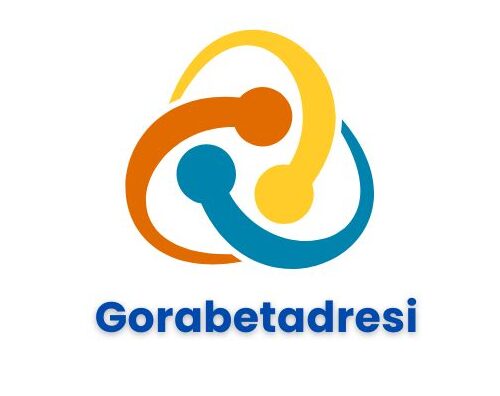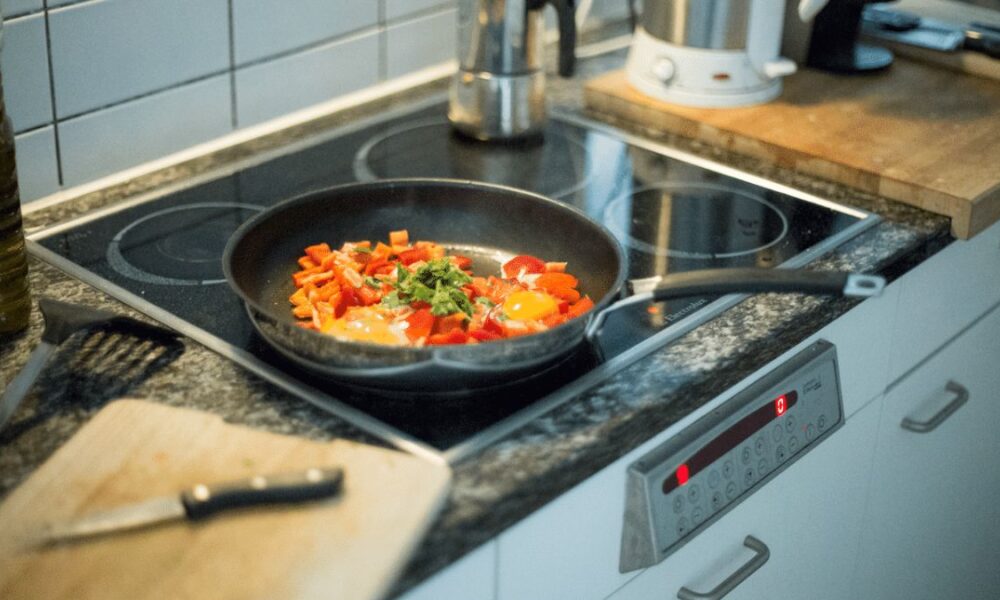Modern Stoves the kitchen is often considered the heart of the home, and at the center of any great kitchen is the stove. Over the years, stoves have evolved from simple utilitarian appliances to sleek, efficient, and multi-functional tools of culinary artistry. With so many options now available, choosing the right stove can feel overwhelming. Whether you’re a professional chef or a home cook with aspirations, finding the perfect fit for your kitchen and your lifestyle is essential.
This blog will walk you through the world of modern stoves, taking a closer look at their features, pros and cons, and the best options in the market today. By the end of this article, you’ll know exactly what to look for in a stove that matches your cooking style and home aesthetic.
Why Modern Stoves Are Game-Changers
Gone are the days when stoves were just a means to heat food. Today’s modern stoves come equipped with advanced technologies like induction heating, smart connectivity, and energy-efficient systems. These appliances are designed to save time, reduce energy consumption, and offer precise control for even the most delicate recipes. Additionally, their stylish designs can transform your kitchen into a space that’s both functional and beautiful.
Before we deep-dive into the options, let’s discuss why modern stoves are worth considering:
- Improved Efficiency: Induction stoves, for example, heat cookware directly, minimizing energy loss and cutting down cooking time.
- Enhanced Safety: Many modern stoves come with child locks, automatic shut-off features, and sensors that detect overheating.
- Sophistication and Style: Designed with aesthetics in mind, modern stoves blend seamlessly with the décor of contemporary kitchens.
Types of Modern Stoves
When it comes to stoves, one size certainly does not fit all. Different types cater to specific needs and preferences. Here’s a breakdown of the main types of modern stoves you can choose from.
1. Gas Stoves
Overview: Gas stoves remain a favorite among professional chefs and serious home cooks. They offer precise heat control and heat up instantly.
Benefits:
- Instant flame for precise temperature control
- Works with any cookware
- Continued functionality during power outages
Drawbacks:
- Not as energy-efficient as other options
- Requires a gas connection
- Risk of gas leaks if not properly maintained
Best For: Those who prioritize control and versatility when cooking.
Recommended Model: The [Brand X Professional Gas Range]—designed for serious cooks, it features powerful burners and an embedded griddle for added versatility.
2. Electric Stoves
Overview: Electric stoves are widely popular for their affordability and ease of installation. They typically feature smooth ceramic or glass tops that are easy to clean and maintain.
Benefits:
- Affordable and widely available
- Easy to clean
- No need for a gas connection
Drawbacks:
- Slower to heat compared to gas or induction
- Less precision in temperature control
Best For: Budget-conscious users who care about aesthetics and simplicity.
Recommended Model: [Brand Y Ceramic Electric Stove], an affordable and reliable option with a sleek design that complements any modern kitchen.
3. Induction Stoves
Overview: Induction stoves use electromagnetic technology to heat cookware directly, rather than the stovetop surface. This makes them incredibly efficient and safe.
Benefits:
- Quick and even heating
- Energy-efficient
- Safe to touch while cooking (surface stays cool)
Drawbacks:
- Requires induction-compatible cookware
- Expensive compared to gas and electric stoves
Best For: Tech-savvy cooks focused on energy efficiency and precision cooking.
Recommended Model: [Brand Z Smart Induction Cooktop], which features adjustable heat zones and Wi-Fi-enabled controls.
4. Dual-Fuel Ranges
Overview: If you want the best of both worlds, dual-fuel ranges combine gas cooktops with electric ovens for supreme versatility.
Benefits:
- Gas cooktops for precision and control
- Electric ovens for consistent baking results
Drawbacks:
- More expensive than single-fuel stoves
- Installation can be more complex
Best For: Serious cooks and bakers who want top-tier performance across all cooking methods.
Recommended Model: Try the [Brand A Dual-Fuel Stove] for its professional-grade performance and stylish design.
Key Features To Look For in a Modern Stove
Now that you’re familiar with the types of stoves, here are some features to consider before making your purchase:
1. Size and Capacity:
Stoves come in a range of sizes, from compact 20-inch models to large 48-inch professional ranges. Choose one that fits your kitchen layout while offering enough burners and oven space for your cooking needs.
2. Smart Features:
Some stoves now offer smart integration, allowing you to control them via an app or voice assistant. Imagine preheating your oven on your way home—talk about convenience!
3. Self-Cleaning Functions:
Many modern stoves include self-cleaning ovens, which save you time and effort on maintenance. Look for models with steam-clean options for an eco-friendly approach.
4. Energy Efficiency:
If you’re looking to save on utility bills, consider stoves with energy-efficient certifications. Induction and electric stoves are generally better in this aspect compared to gas.
Caring for Your Modern Stove
To extend the life and performance of your stove, follow these maintenance tips:
- Regular Cleaning: Wipe down spills immediately to prevent buildup. For gas stoves, clean the burners regularly.
- Check for Wear and Tear: Inspect cords, gas lines, and seals periodically to ensure everything is in top condition.
- Use Compatible Cookware: Induction stoves require specific pots and pans, so ensure you’re using the right ones to avoid damage.
Where To Buy Modern Stoves
When you’re ready to invest in a modern stove, look for trusted retailers that offer warranties and excellent customer service. Some popular options include [Amazon], [Home Depot], and specialized appliance stores. These stores often have physical showrooms, allowing you to get a feel for the stove before buying.
Find Your Perfect Stove
Modern stoves have revolutionized the way we cook and connect in the kitchen. Whether you value precision, energy efficiency, or an appliance that blends seamlessly with your aesthetic, today’s stoves offer something for everyone. By assessing your needs and exploring the options above, you’ll be well-equipped to find the perfect addition to your kitchen.
Which type of stove has caught your eye? If you’re ready to make a decision, feel free to explore our detailed guides at [Your Website]!
FAQs
Q: What type of stove is most energy-efficient?
A: Induction stoves are considered the most energy-efficient option, as they transfer heat directly to cookware without wasting energy on heating the surrounding air.
Q: Can I use my existing cookware on an induction stove?
A: Not all cookware is compatible with induction stoves. You’ll need pots and pans made from magnetic materials such as cast iron or stainless steel. Check for an induction-compatible label before using your cookware.
Q: How often should I clean my stove?
A: It’s best to clean your stove after each use to prevent the buildup of grime and food residue. For deep cleaning, monthly maintenance is recommended, depending on the frequency of use.
Q: Are gas stoves safe to use?
A: Gas stoves are generally safe when properly maintained. Ensure there are no gas leaks, and use a vent hood to minimize exposure to fumes. Regular inspections by a professional are advisable.
Q: What is the average lifespan of a modern stove?
A: With proper care and maintenance, modern stoves can last anywhere from 10 to 20 years, depending on the brand and type of stove.
For further questions, feel free to visit our [Help Center] or contact our support team!







